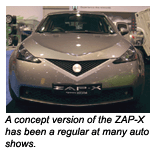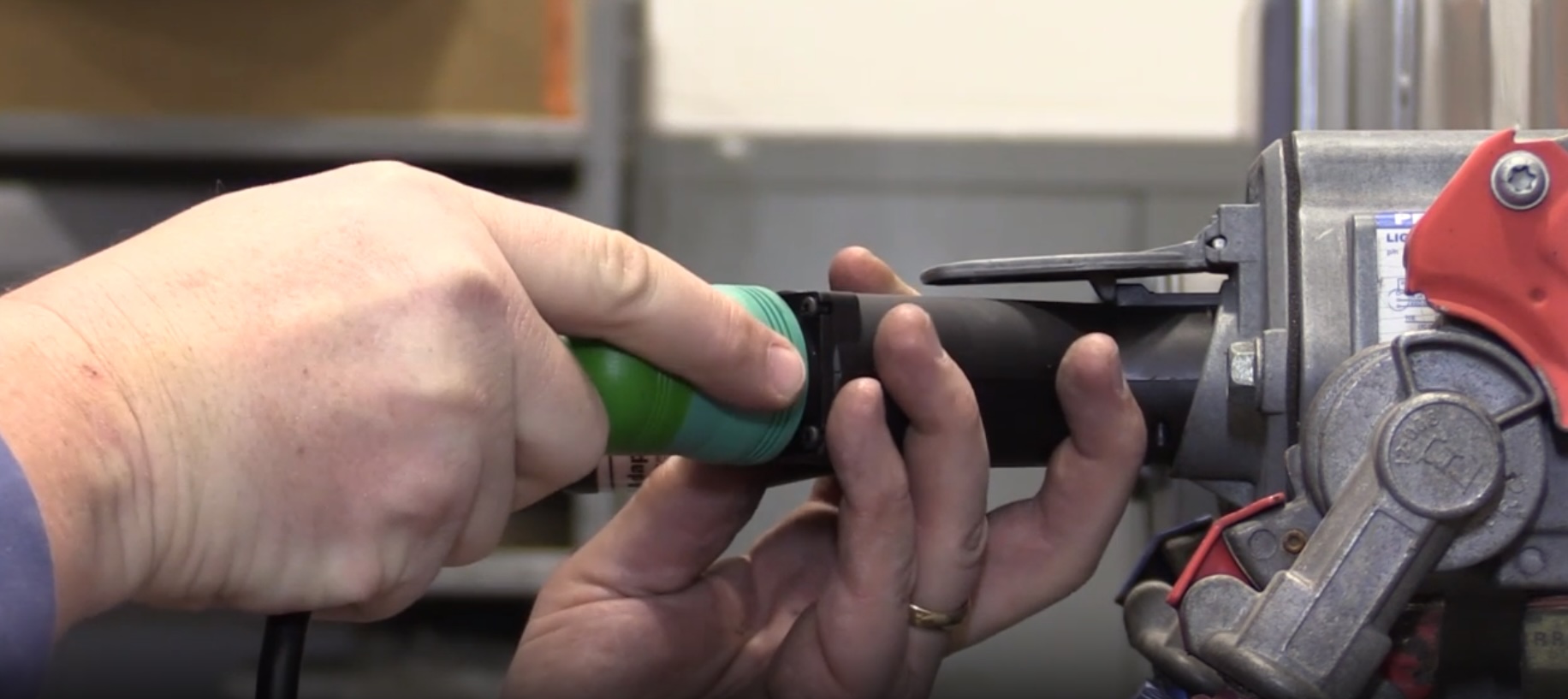In January 2007, at the North American International Auto Show in Detroit, General Motors Corp. unveiled a new electric vehicle concept that could nearly eliminate going to the gas station altogether.
The concept car, called the Chevrolet Volt, is a battery-powered electric vehicle that uses a gas engine to create additional electricity, thereby extending its range. The Chevy Volt draws from GM’s previous experience in starting the modern electric vehicle market when it launched the EV1 in 1996, according to GM Vice Chairman Robert A. Lutz.

“The Chevrolet Volt is a new type of electric vehicle. It addresses the range problem and has room for four to five passengers and their stuff. You can climb a hill or turn on the air conditioning and not worry about it," Lutz said.”
The Chevrolet Volt can be fully charged by plugging it into a 110-volt outlet for approximately six hours each day. When the lithium-ion battery is fully charged, the Volt can deliver 40 city miles of pure electric vehicle range.
When the battery is depleted, a 1L, three-cylinder turbocharged engine spins at a constant speed, or revolutions per minute (rpm), to create electricity and replenish the battery. According to Lutz, this increases the fuel economy and range. “If you lived within 30 miles from work (60 miles round trip) and charged your vehicle every night when you came home or during the day at work, you would get 150 miles per gallon,” Lutz said.
“More than half of all Americans live within 20 miles of where they work (40 miles round trip). In that case, you might never burn a drop of gas in the life of the car.”
To further underscore the point, the Chevy Volt is designed to run on E85, a blend of 15% gas and 85% ethanol. With E85, fuel economy of 150 mpg using gasoline would translate into more than 525 miles per petroleum gallon.
In the event a driver forgets to charge the vehicle or goes on a vacation far from home, the Volt would still get 50 mpg by using the engine to convert gasoline into electricity and extend its range up to 640 miles, more than double that of today’s conventional vehicles.
Other companies currently designing electric vehicles include:
Phoenix Motorcars, Ontario, CA, said it is in initial development production for two distinct markets: fleet and consumer.
According to its website, www.phoenixmotorcars.com, Phoenix Motorcars’ primary 2007 focus is on fleet sales to companies, organizations and agencies in California needing economical, energy-efficient, zero-emission, mid-sized sports utility trucks (SUTs) and SUVs.
However, later that year, a limited number of vehicles were released to selected consumers in California. And in 2008, the company plans to release consumer versions into the California market. Production estimate of electric vehicles this year is 500 vehicles, and 6,000 vehicles for 2008.
ZAP, a Santa Rosa, CA-based company that specializes in small electric vehicles, announced earlier this year that it is working with Lotus Engineering on the development of the new ZAP-X Crossover, incorporating distinct technological advancements that will result in one of the most advanced electric cars ever built.

ZAP (www.zapworld.com) said the drive system features an innovative all-wheel drive option with revolutionary electric motors inside each of the wheels, potentially delivering 644 horsepower and speeds up to 155 mph.

It also utilizes an advanced battery system that will enable the car to travel a range up to 350 miles between charges, with a rapid charge technology that can recharge the batteries in as little as 10 minutes.
At this time there are no production models available, although a concept version is on display at various auto shows. ZAP said the ZAP-X mileage and range is expected to be 350 miles per charge or about 1 cent per mile using a rapid 10-minute re-charge.


